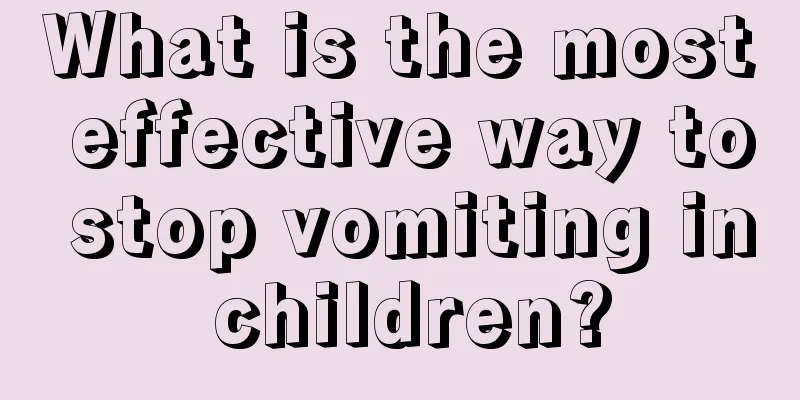What is hip synovitis in children?

|
Hip synovitis is also known as a temporary synovitis. It is more common in children aged 3 to 10 years old, especially in little boys. Right hip synovitis is more common. The following is a detailed introduction. What is pediatric hip synovitis? Synovitis is a sterile inflammation caused by poor microcirculation. The main symptom is the formation of fluid accumulation. The synovium is a layer of membranous tissue surrounding the joint. It is not only a layer of tissue that protects the joint, but also produces synovial fluid to provide "lubricating fluid" for joint movement. The production and absorption of synovial fluid is a "dynamic balance". When there is an obstacle to the reabsorption of synovial fluid, the production of synovial fluid is greater than the reabsorption, and "joint effusion" will occur. What are the causes of synovitis in children? This is mostly because the femoral head in children is not yet fully developed, the joint capsule is relatively loose, and the joint capsule is pulled or squeezed during excessive abduction and external rotation movements such as strenuous jumping. After being infected by a virus, synovial edema and aseptic inflammation of the hip joint occur. The cause of the disease may be related to viral infection, trauma, bacterial infection and allergic reaction (allergic reaction), and the onset may be acute or slow. Pediatric synovitis is generally caused by the child suffering from acute upper respiratory tract infection, or cold symptoms, the virus or infectious substances enter the bloodstream, through the bloodstream stimulate the hip joint synovium, causing synovial congestion, exudation and other acute inflammation, resulting in pediatric hip synovitis. What are the symptoms of synovitis in children? Walking is bumpy, there is pain in the lower limbs, varying degrees of pain in the knees and hips, and painful claudication occurs. Young children only show symptoms of irritability and crying at night. There is no local redness or swelling, and it is sometimes accompanied by elevated body temperature. |
<<: What should I do if my child is scalded by boiling water? Parents can do this
>>: What should I do if my child’s feet are scalded? These methods need to be understood
Recommend
How to deal with baby urethritis
Don't think that children are not prone to so...
How to treat children's dampness
Dampness is an important cause of physical weakne...
Symptoms of Yin deficiency in babies
With the increase of social pressure, many people...
What's wrong with my child's nails being layered?
When part of the nail peels off in layers, it is ...
Why do you like biting your nails?
Parents should have discovered that their babies ...
What happens if a child has hemangioma?
Children are the most important part of every fam...
Six-year-old boy sweats while sleeping
Children are the people that their parents care a...
Kids' blocked nose remedies
We all understand the love that parents have for ...
What is the most scientific way to supplement vitamin AD for infants?
Vitamins are one of the elements that no one can ...
How to quickly relieve itching of baby eczema
Eczema is a skin disease caused by multiple facto...
What to do if your child has a lot of eye mucus when sleeping
As children grow up, parents will certainly caref...
What to do if your six-month-old baby has a tilted head
When babies are young, they may be restless when ...
Child convulsing and foaming at the mouth
When a child has convulsions and foaming at the m...
What should I do if my child doesn't like to eat recently?
My child used to have a good appetite and would e...
Why does my baby have uneven breathing when sleeping?
Every parent hopes that their child can grow up h...









